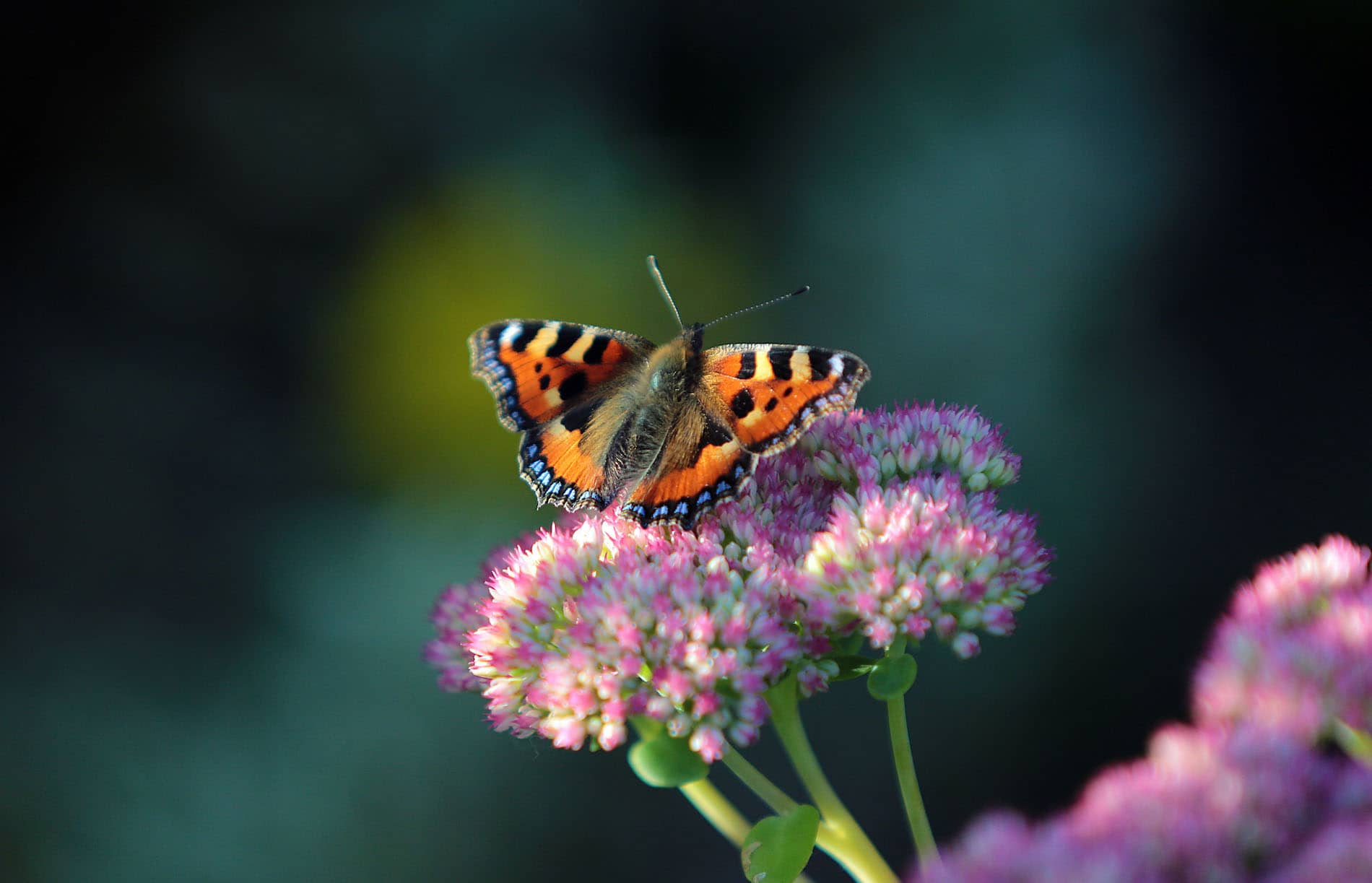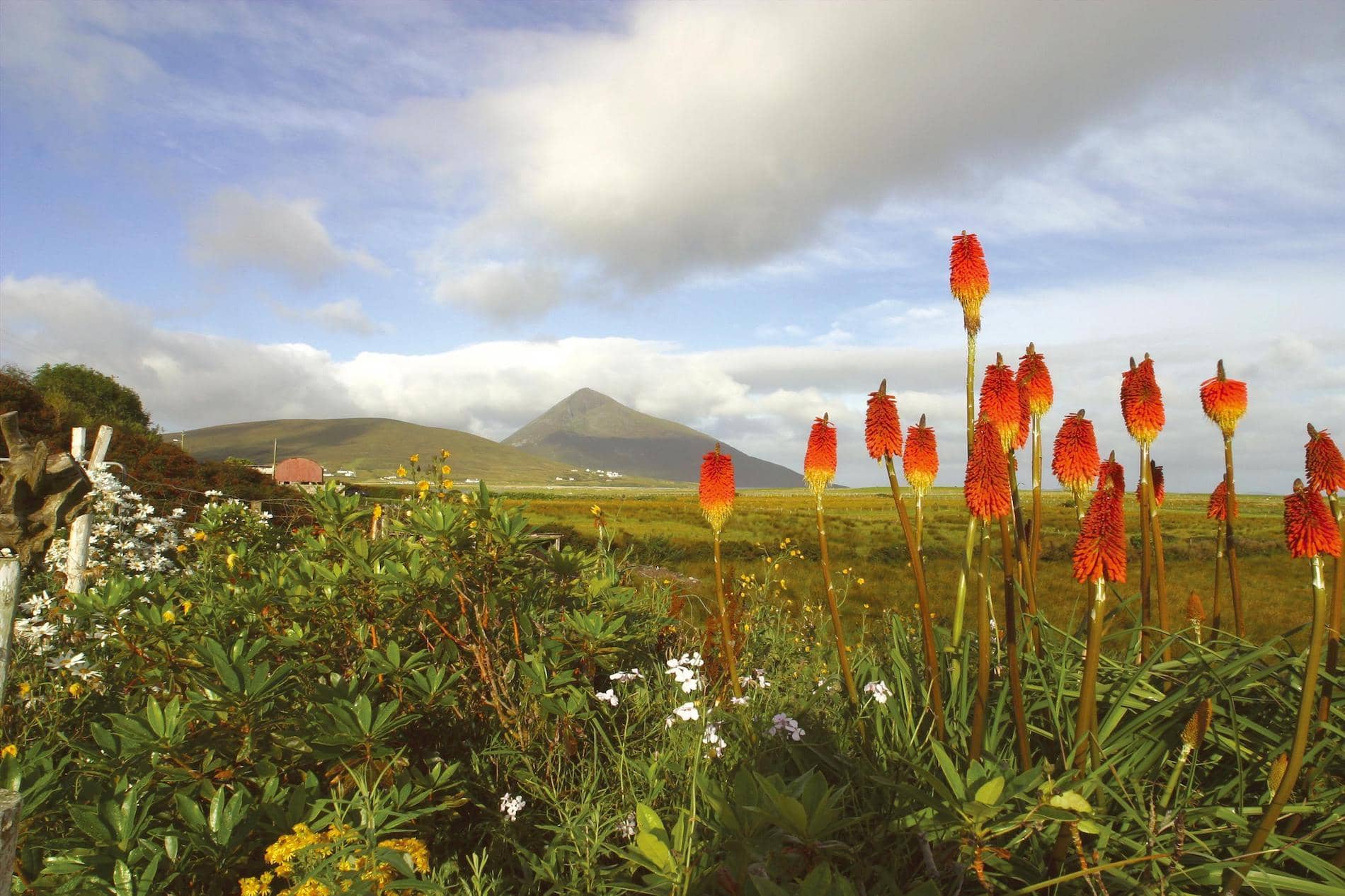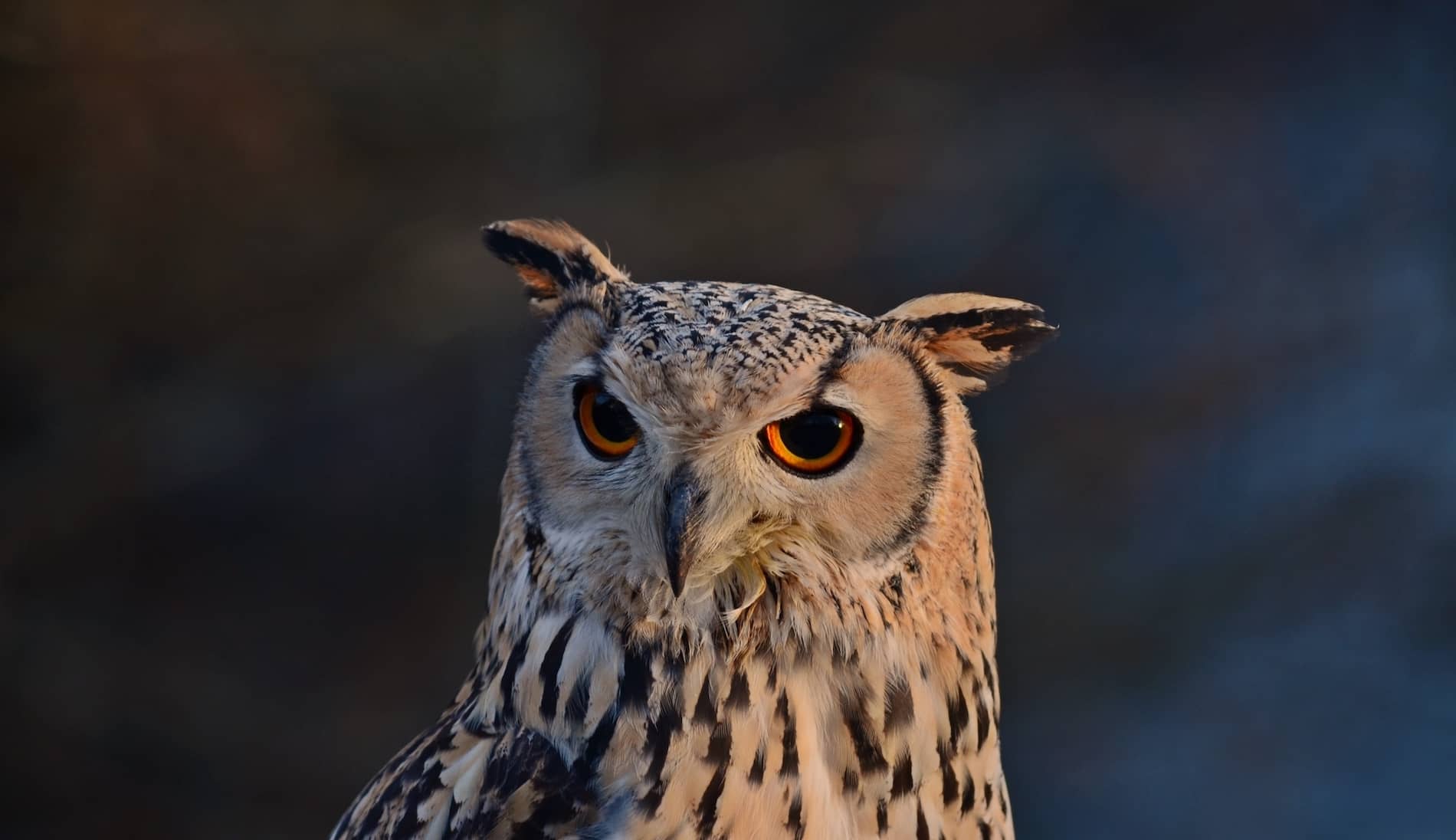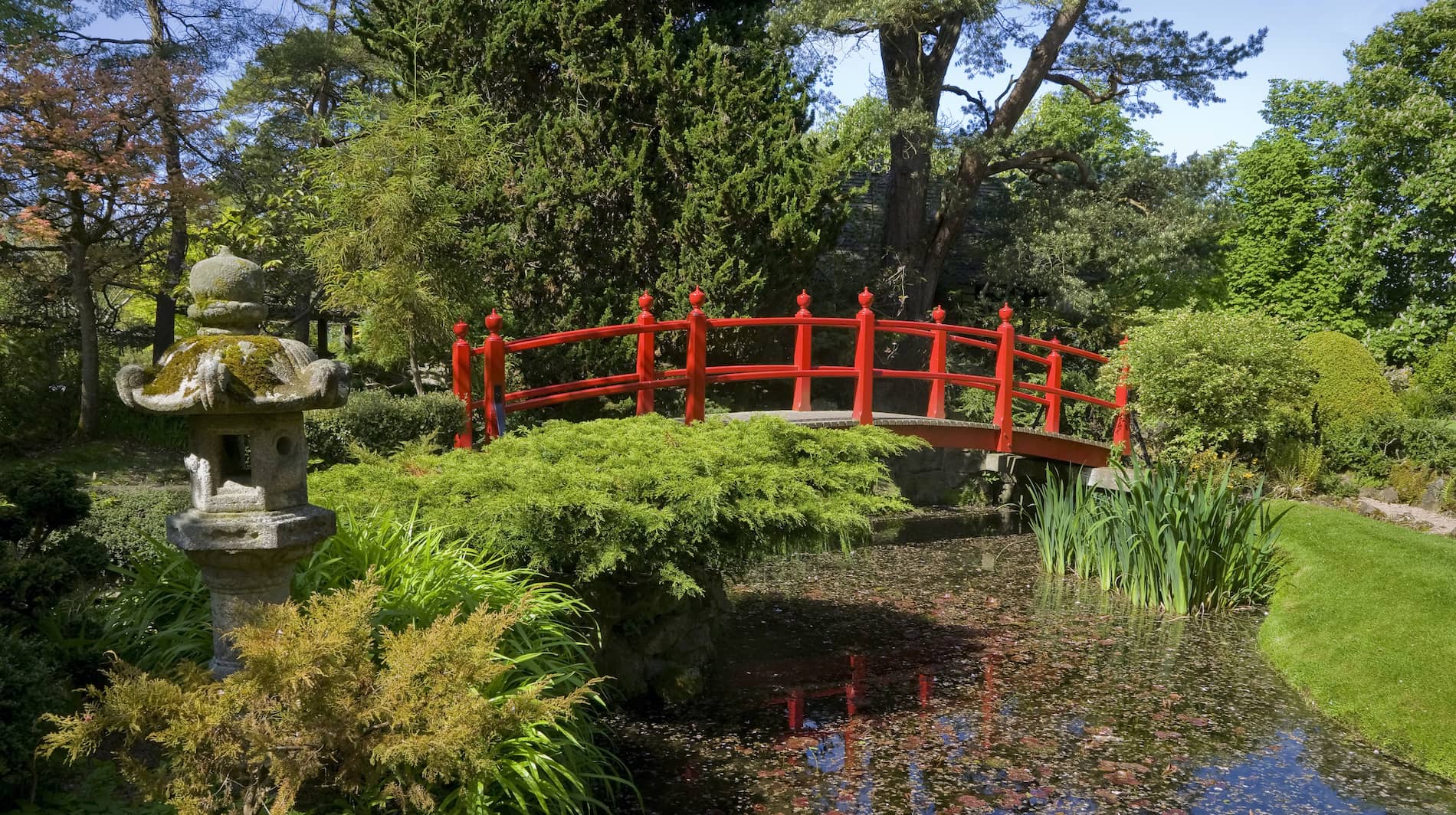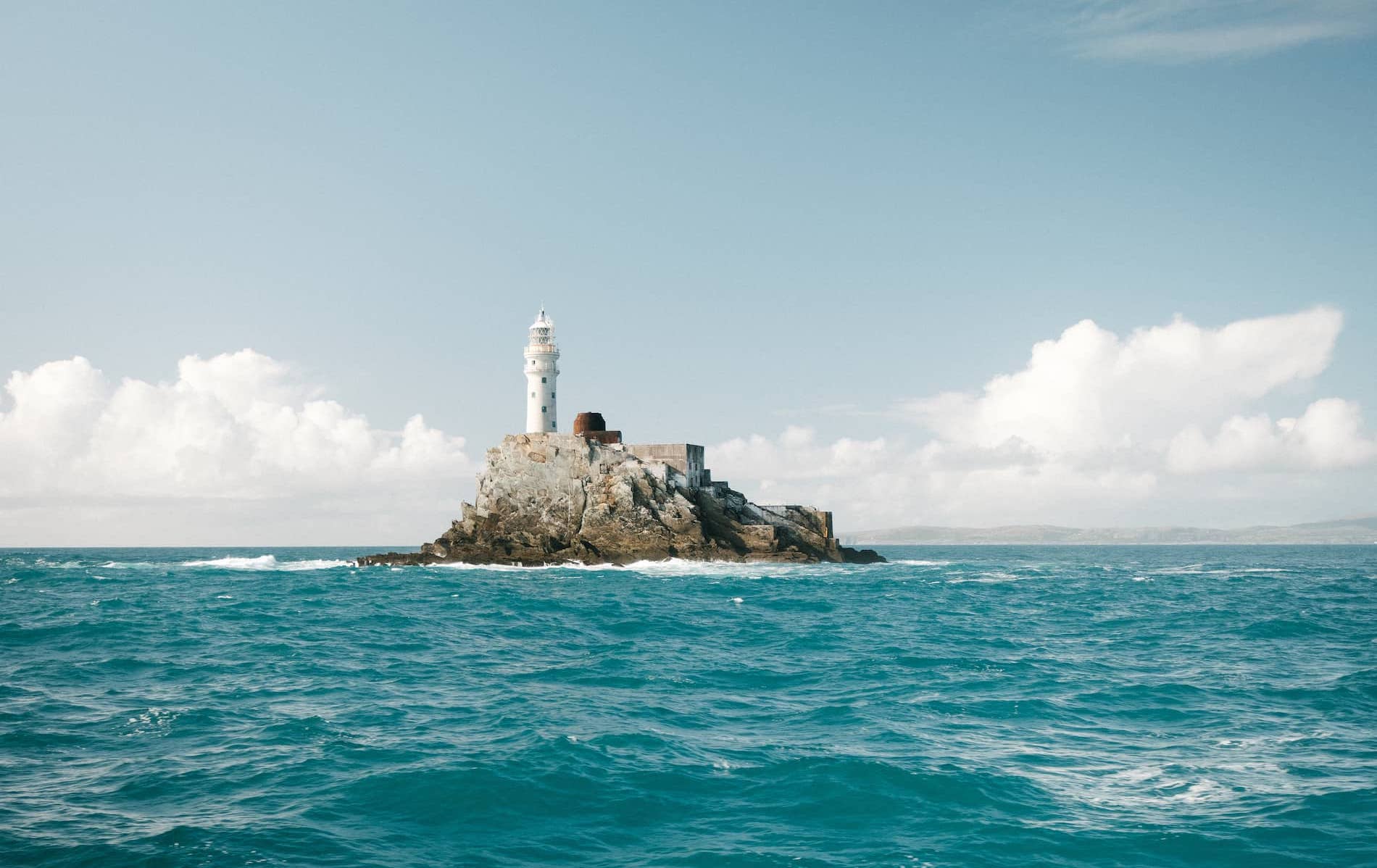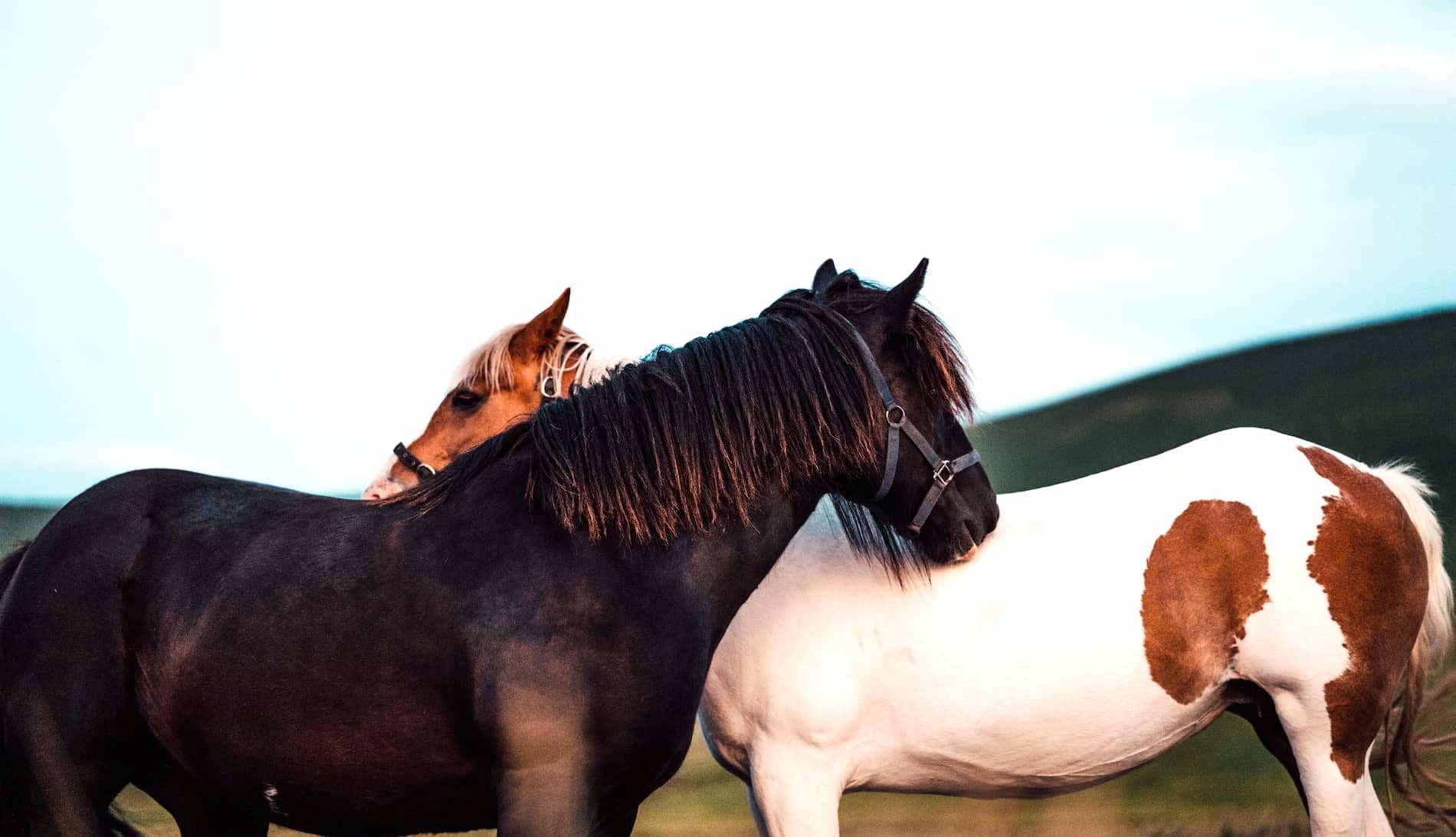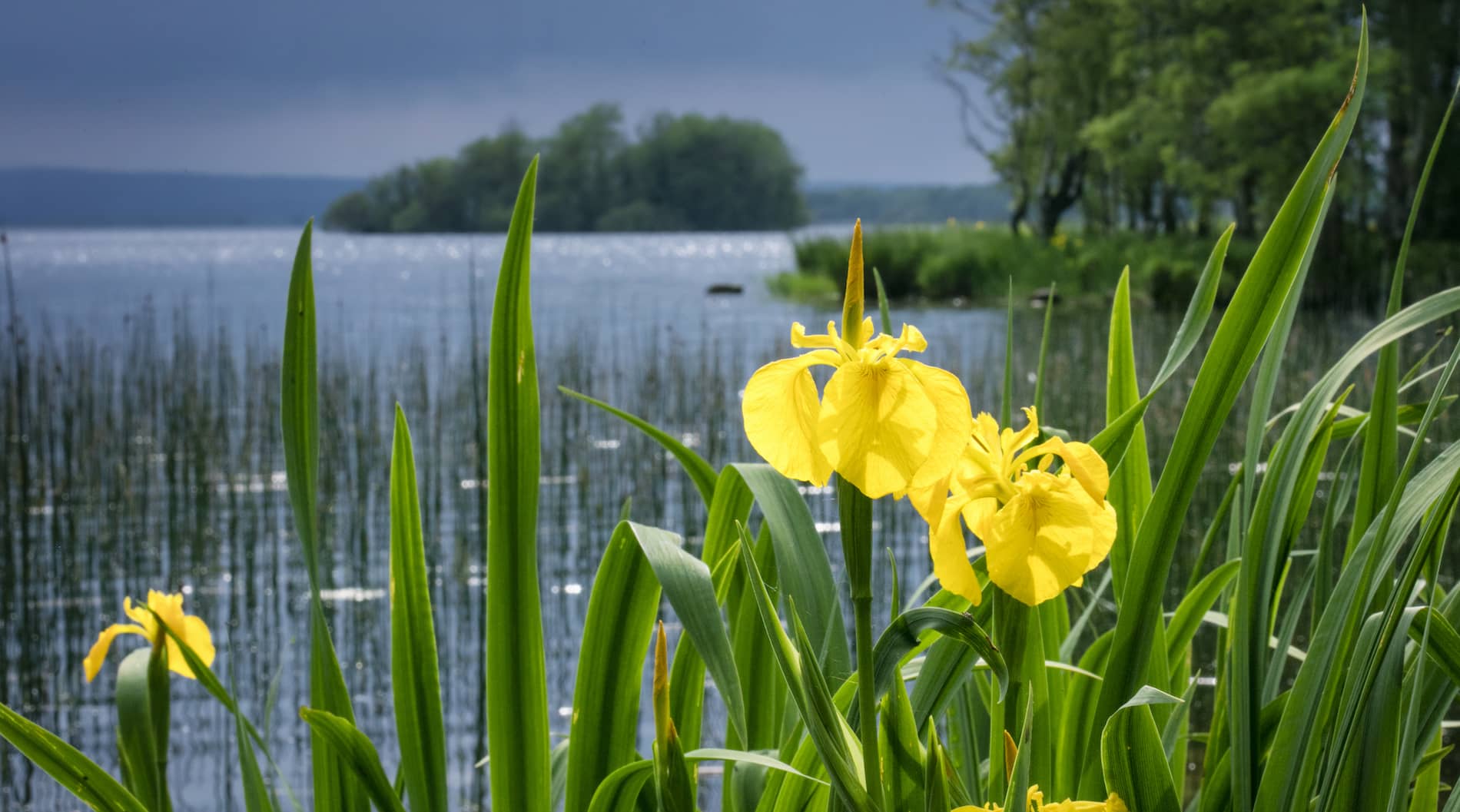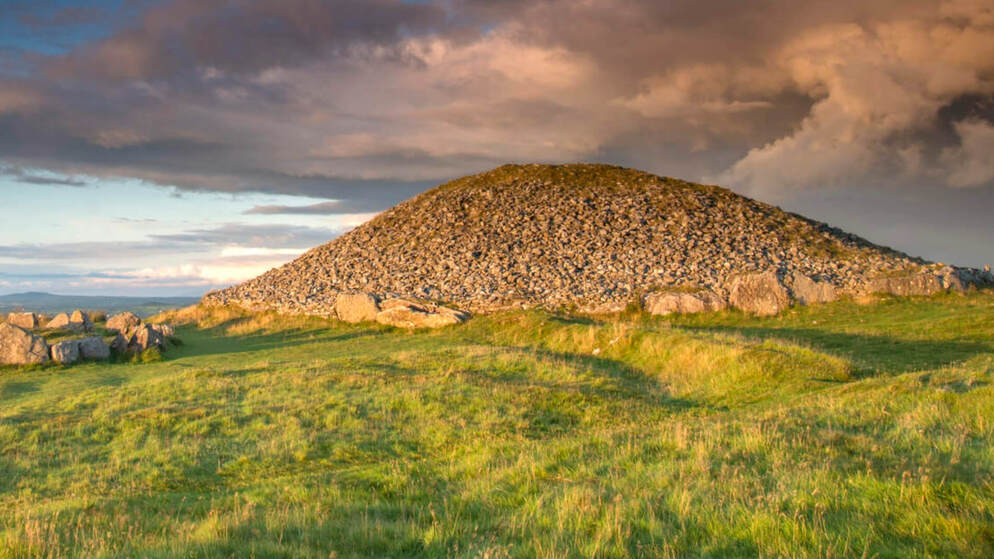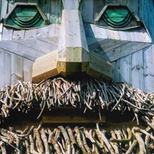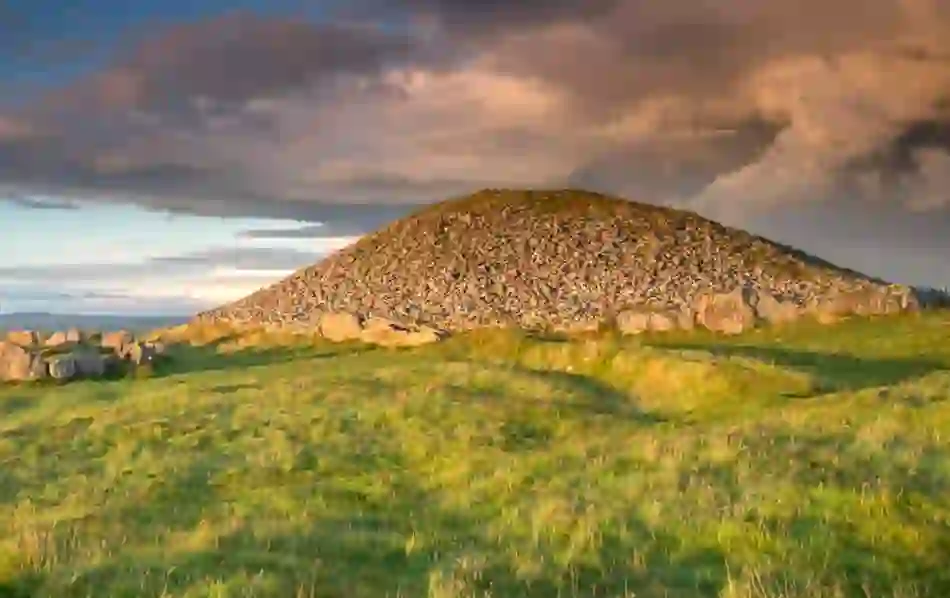
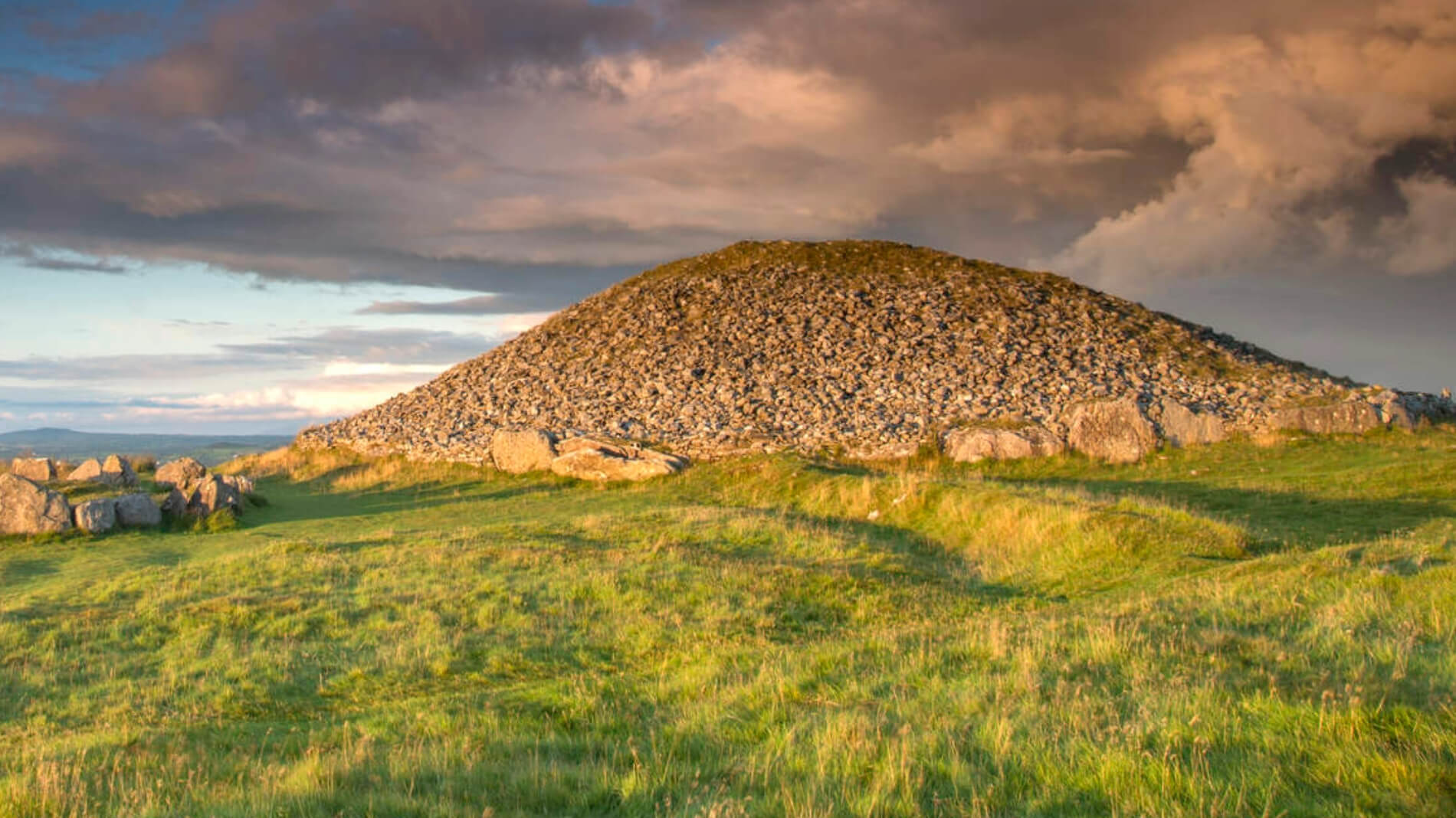
Legends and relics of Ireland’s Ancient East



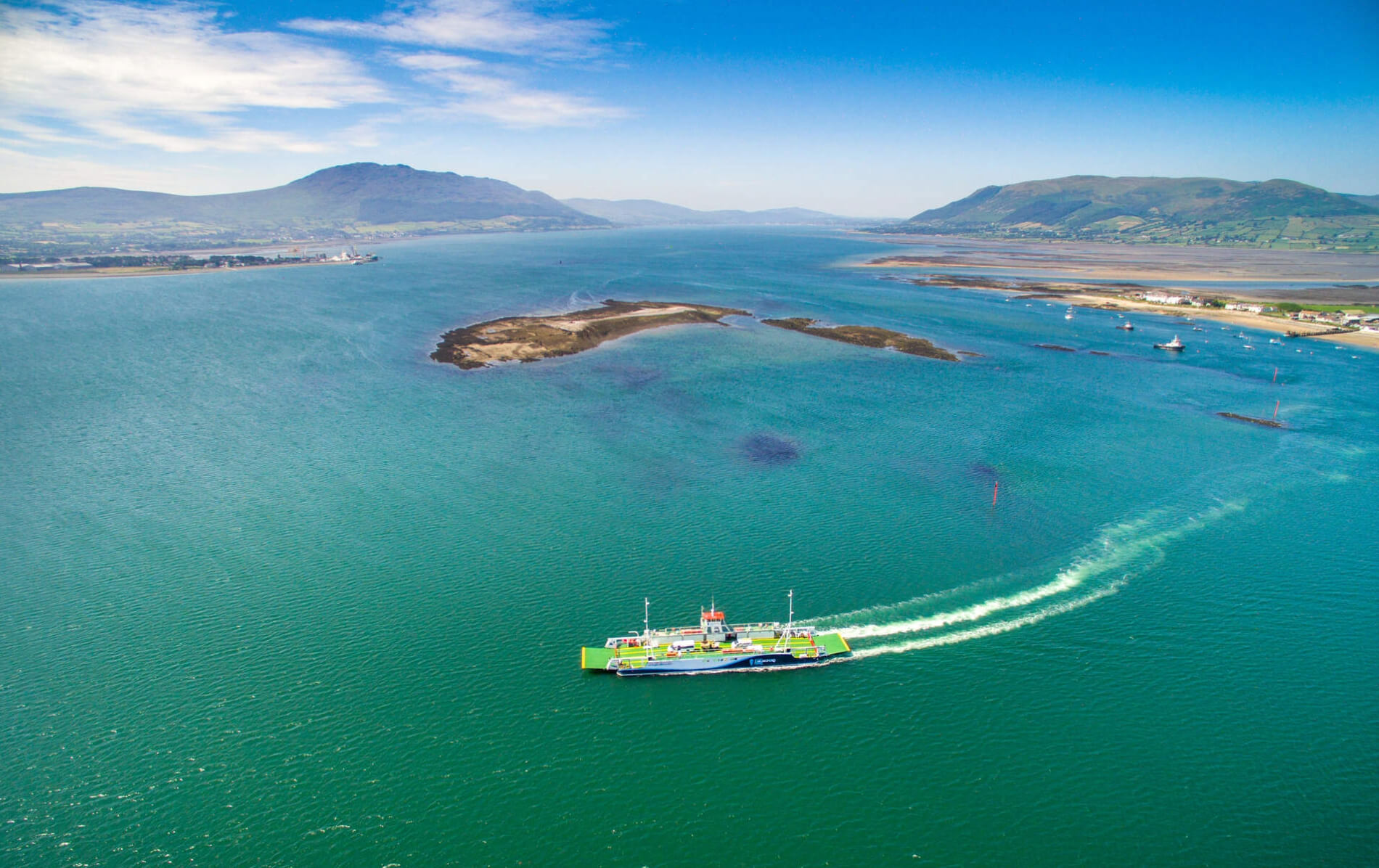

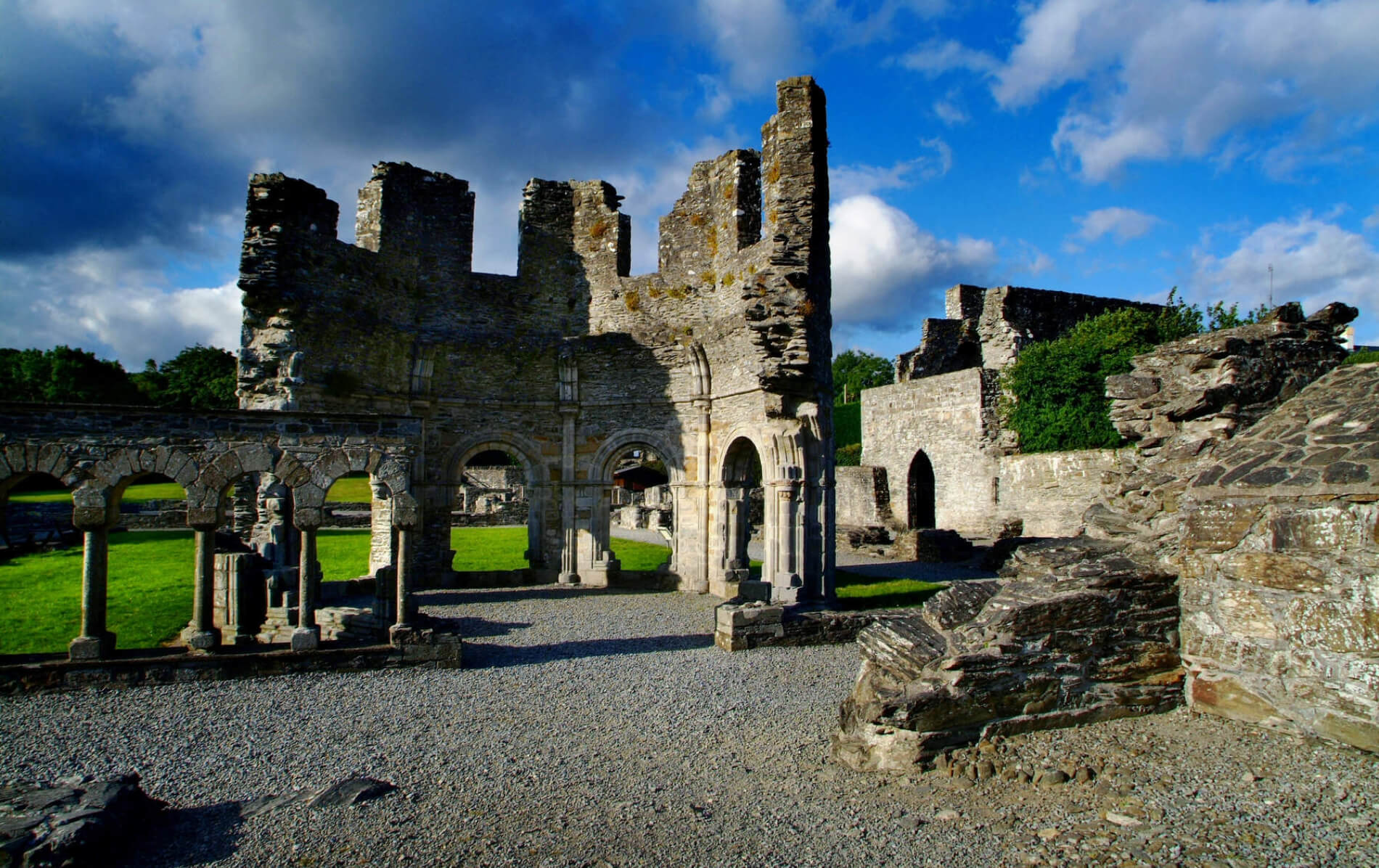
Castles that look like they’ve dropped out of a movie, walking trails that twist and turn like the words of a poet, and slices of life laid bare… it’s all on this journey through legendary lands
After your arrival in Dublin, soak up glistening waterfronts, pass through pristine green fields and even search for leprechauns around counties Louth, Monaghan and Meath.

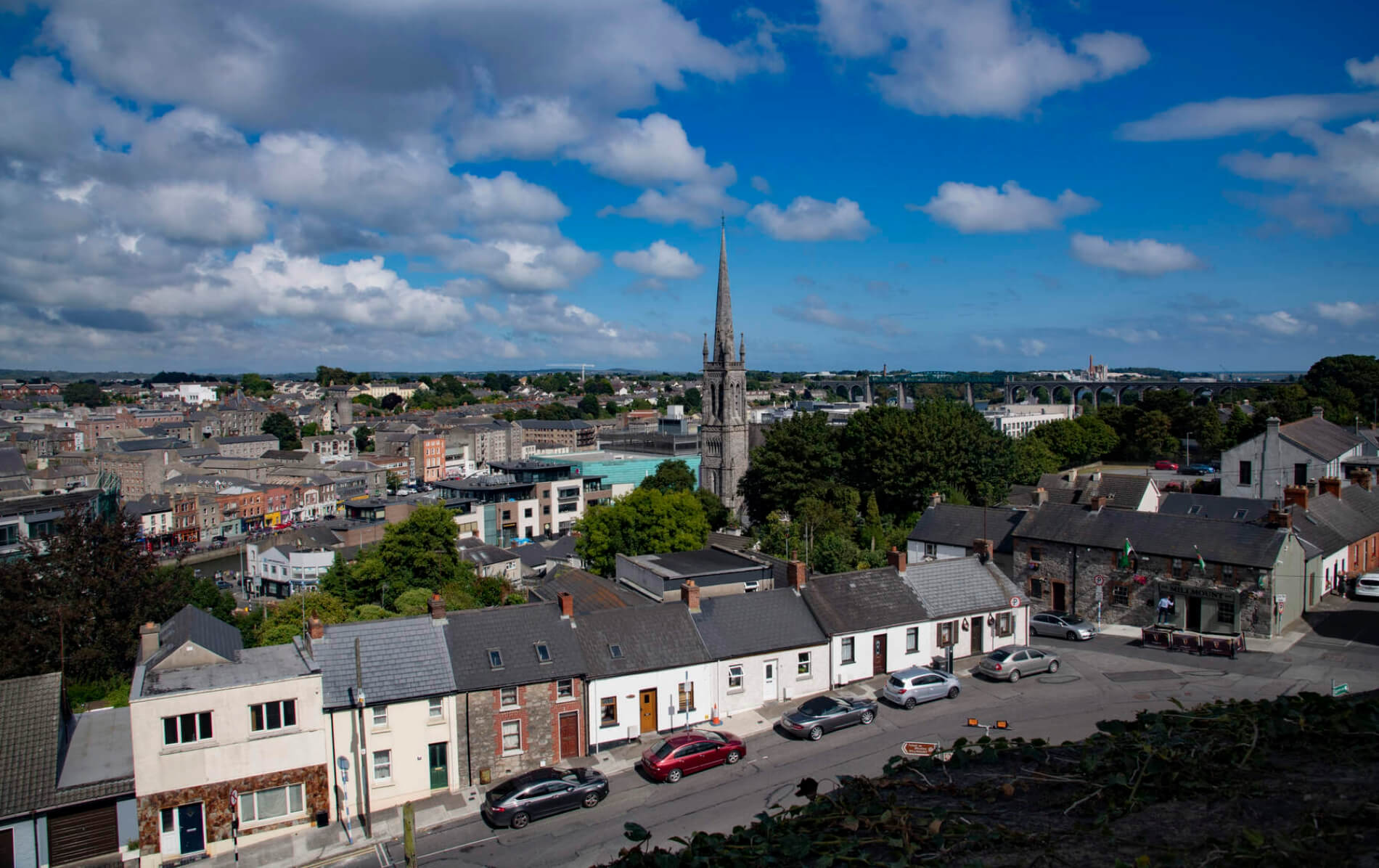
Day 1
Take the road that hugs the Irish Sea and head up to County Louth with its towns and villages that lay bare their Christian heritage.
Explore Day 1A rather grisly relic
St Peter’s Church, County Louth

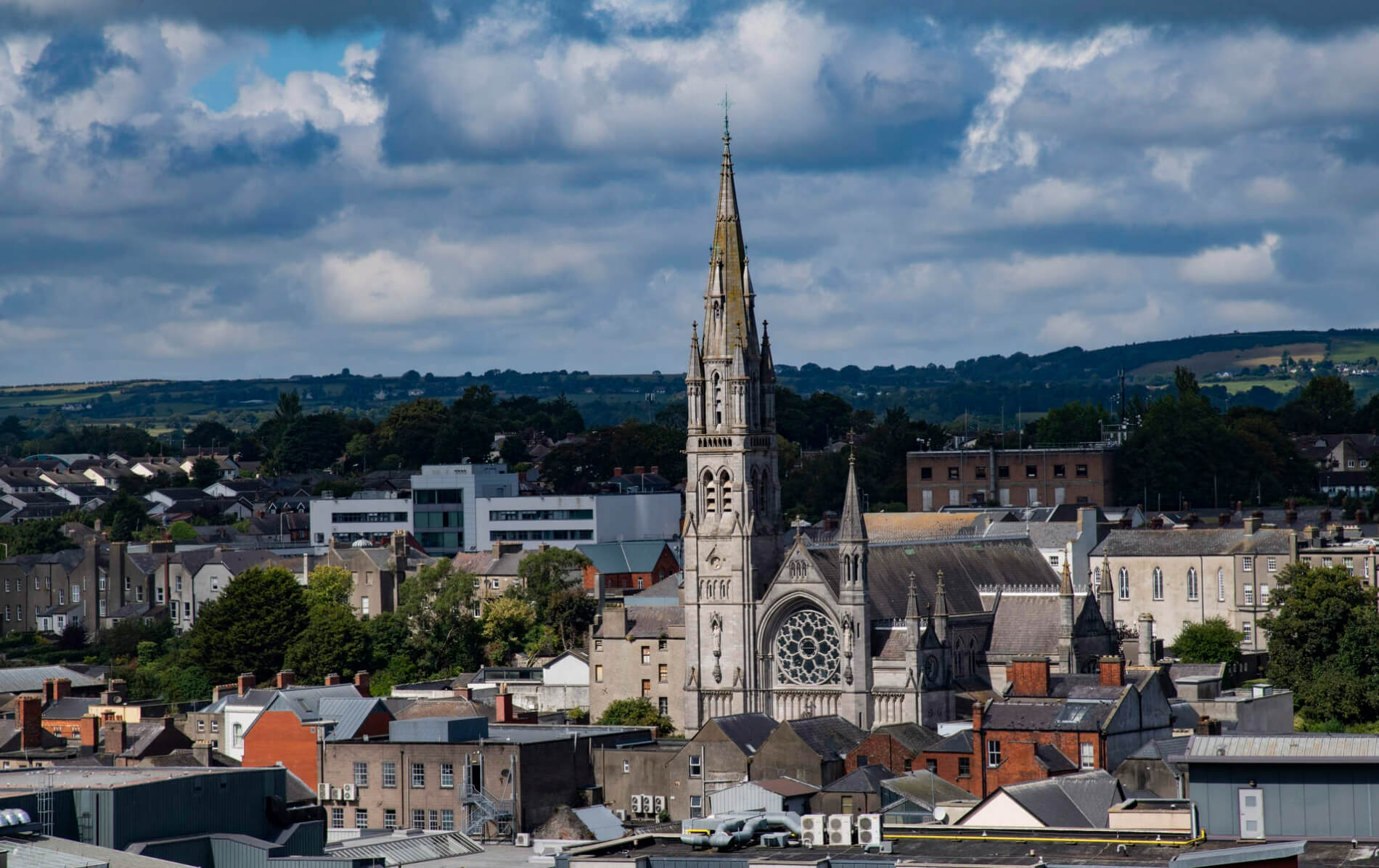
Be warned, there’s a gruesome relic on show at St Peter’s Church in Drogheda. The preserved head of St Oliver Plunkett who was hung, drawn and quartered in 1681 resides inside a gilded shrine. Explore the historic town of Drogheda, which was once one of the largest walled towns in medieval Ireland. As you stand in front of the imposing St Laurence’s Gate, once an entryway into the town, you can get a sense of just how impressive these walls were. Across the River Boyne, you’ll find the Millmount Museum and Martello Tower where the Normans established a fort in the 12th century.
If you have more time, check out Scholars Townhouse. Inside, paintings depicting the Battle of the Boyne adorn the ceiling and are to be admired while you dine on scrumptious artisan produce such as Coolattin cheese, Stagrennan Farm apples and homemade ice creams.
11 km
An icon of Christianity
Mellifont Abbey, County Louth

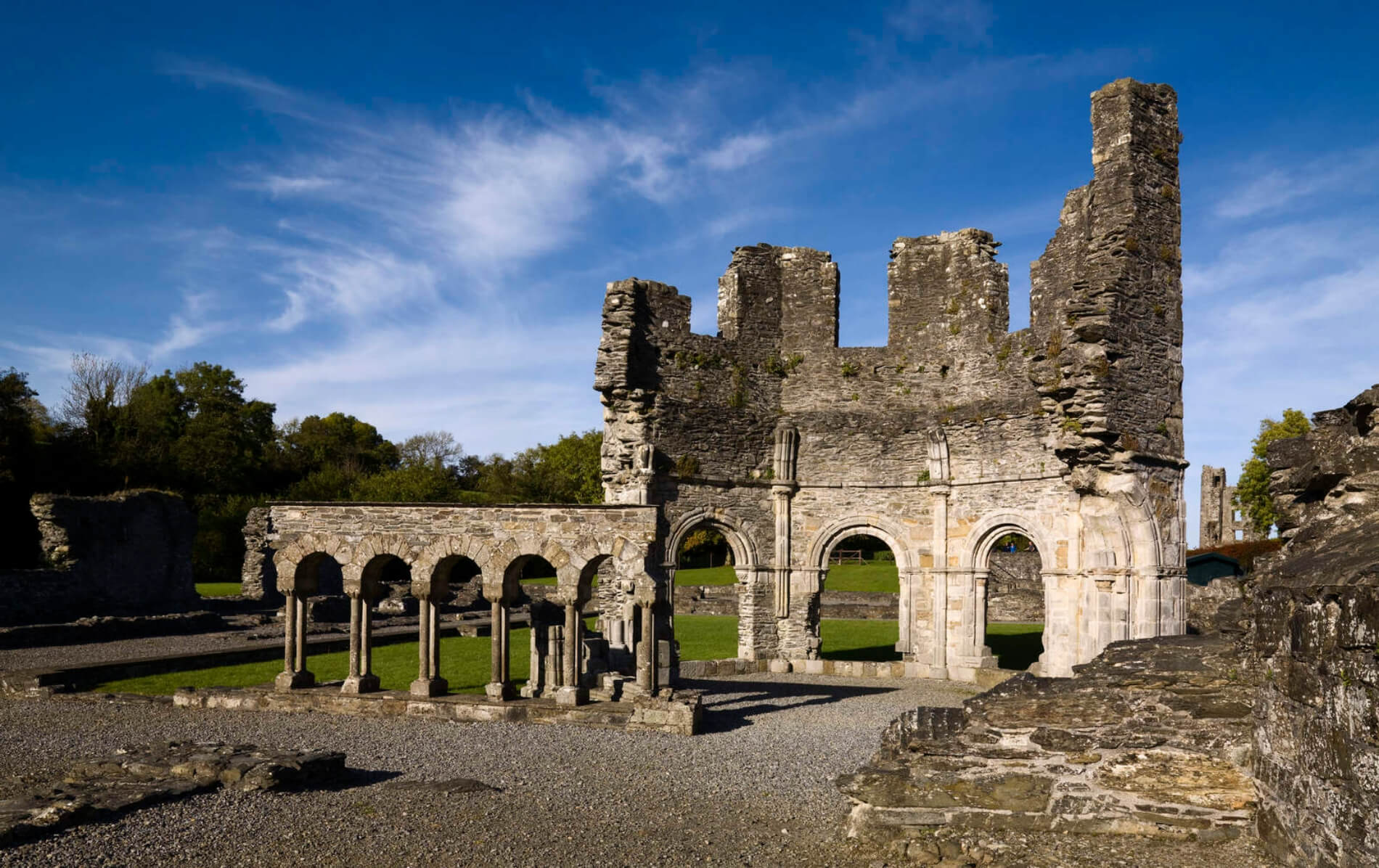
Founded in the late 5th century by Saint Buite, Monasterboice was an important religious centre in Ireland until the founding of nearby Mellifont Abbey. It remains full of beautiful religious iconography. Make sure you also check out Muiredach’s High Cross, adorned with 124 figures carved into the stone, or the nearby round tower which is one of the tallest in Ireland.
63 km

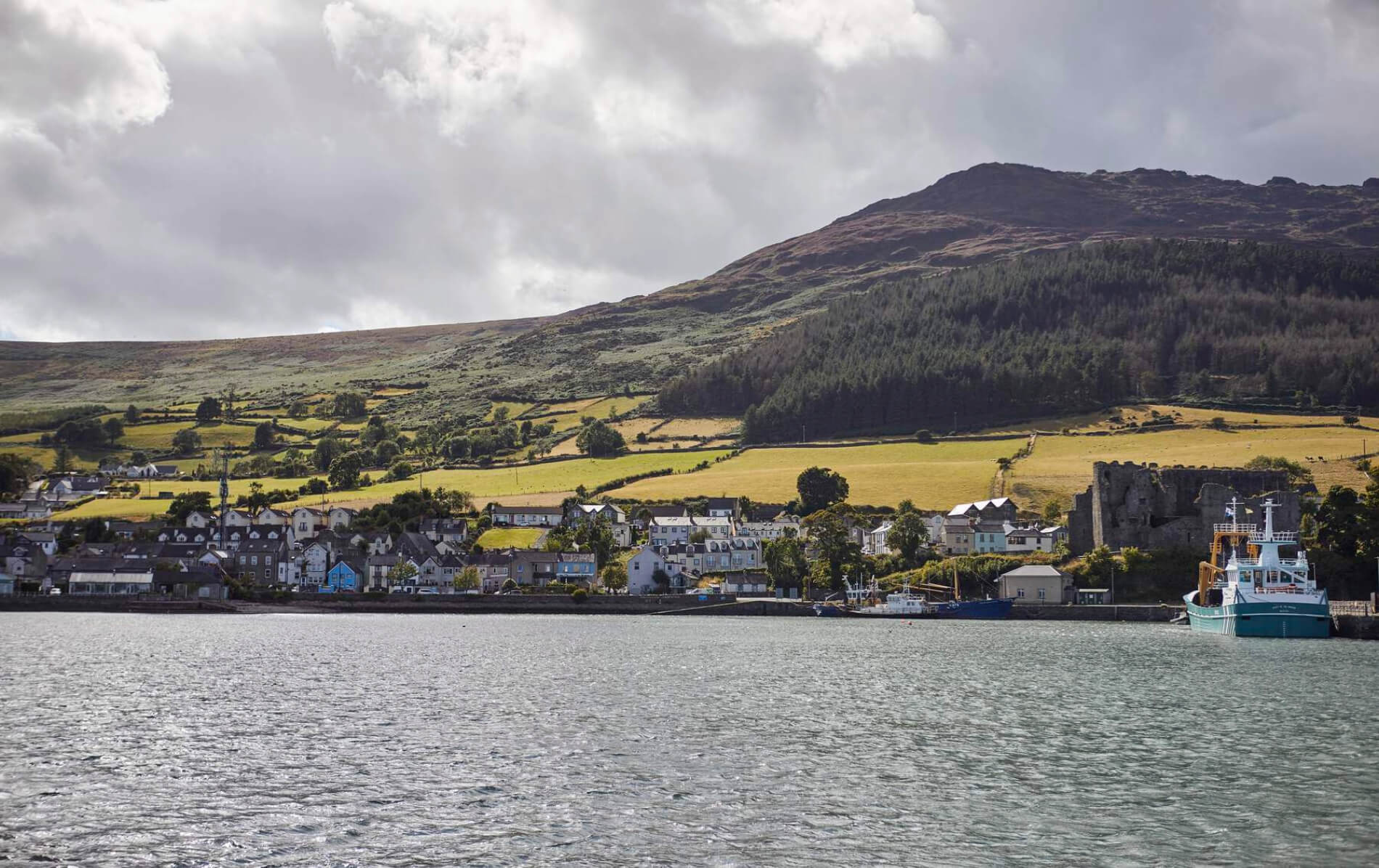
Day 2
Let the gentle lands of Louth and Monaghan weave their magic as you enter Ireland’s Ancient East overlooking glistening Carlingford Lough.
Explore Day 2In the company of giants
Carlingford, County Louth

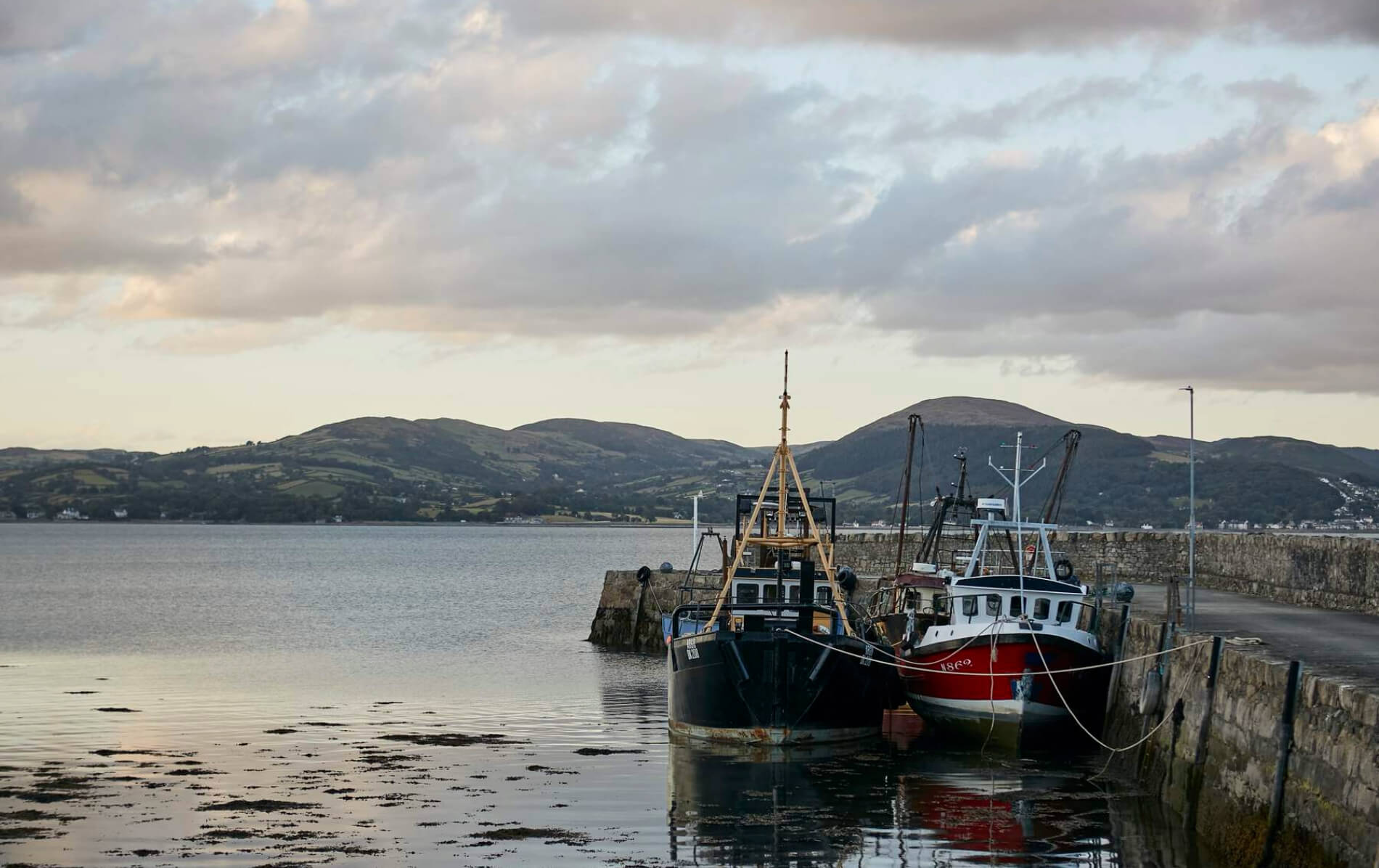
Carlingford is a land of magic and myths. The shores of the lough are said to have seen the footsteps of giants and Celtic heroes including Fionn MacCumhaill, and the woods nearby are rumoured to be filled with leprechauns. Just ask local Leprechaun Whisperer Kevin Woods! You can also take a cruise on Carlingford Lough or a walking tour with a local guide to learn about the area’s rich Viking heritage – all under the watchful gaze of the Slieve Foy Mountain.
Enjoy a seafood lunch at PJ’s and if you have more time, why not take a trip into County Down for an adventure at Castle Ward? It was the filming location for Winterfell in HBO’s Game of Thrones®!
39 km
A way with words
The Patrick Kavanagh Centre, County Monaghan

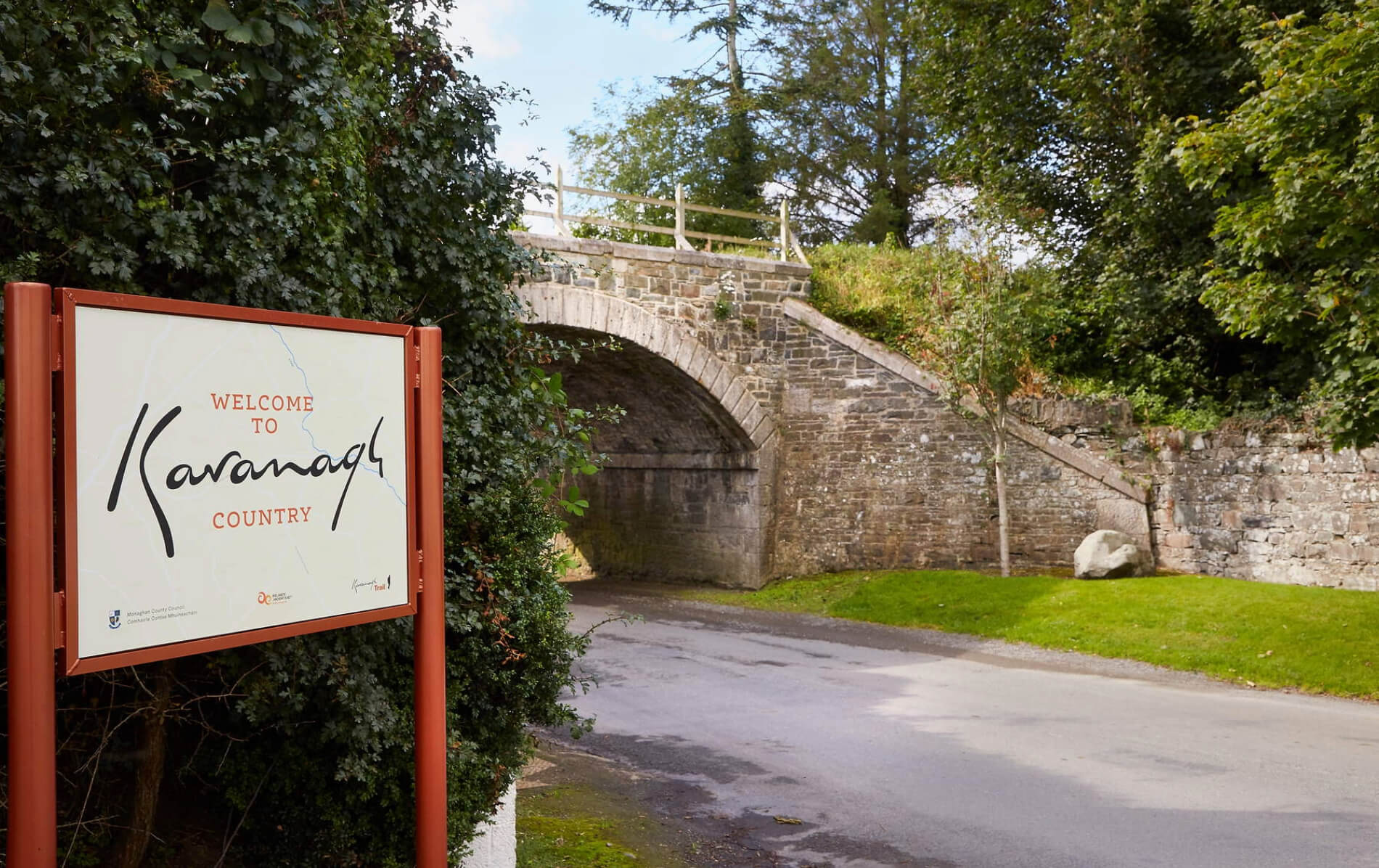
In a converted church, amongst the beautiful Monaghan landscapes that inspired so much of his poetry, the Patrick Kavanagh Centre pays homage to one of Ireland’s great literary figures, and Inniskeen’s most famous son. Don’t stop there though, take to the Kavanagh Trail and discover the town’s Norman motte, Augustinian monastery and Billy Brennan’s barn, immortalised in the poem Inniskeen Road. It may well inspire some poetry of your own.
12 km
Turbulent times
Carrickmacross Lace Gallery, County Monaghan

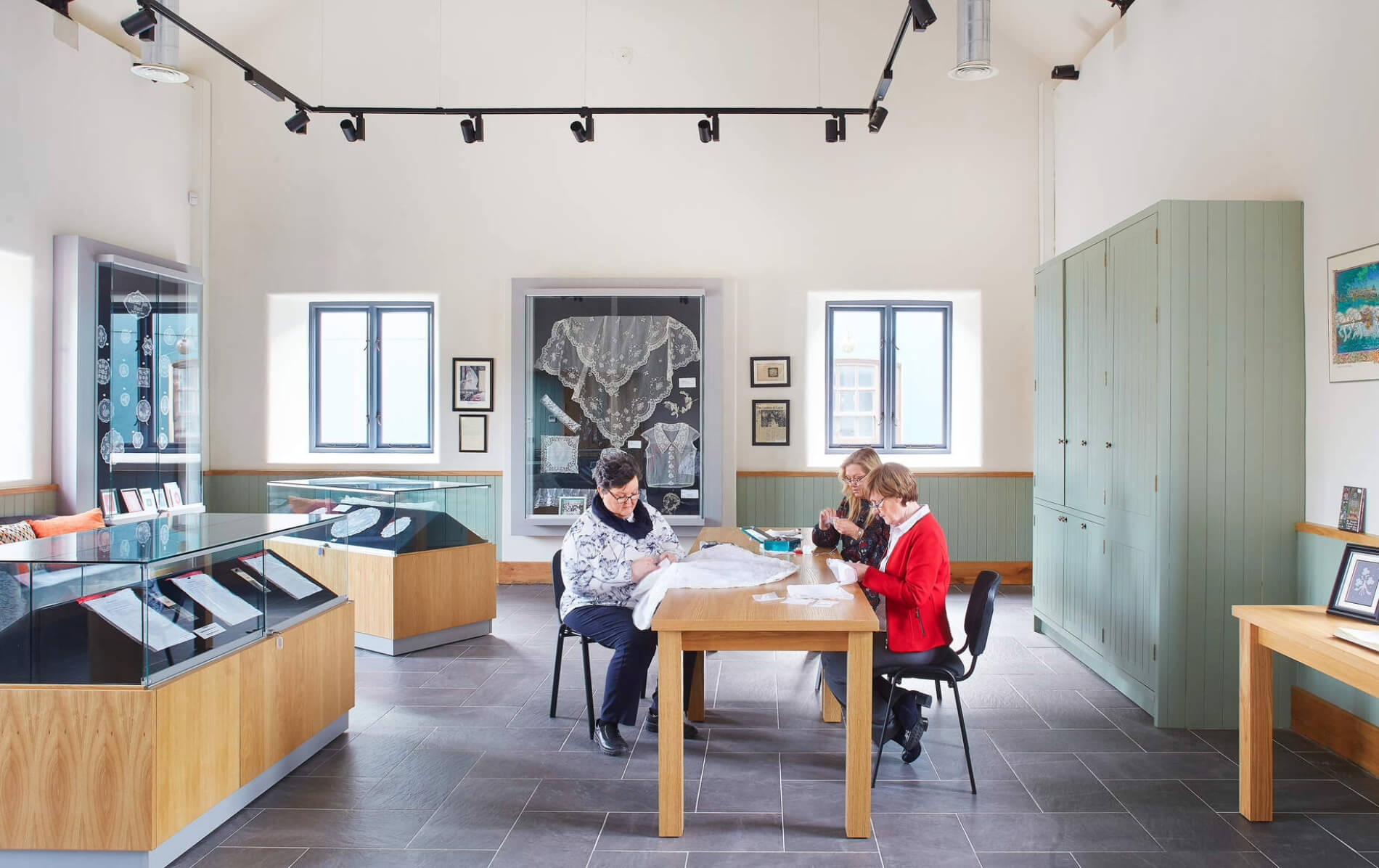
In County Monaghan, Carrickmacross is a town of two tales. Once the producer of fine couture lace worn by celebrities and royalty, it was also badly affected by the Great Famine between 1845 and 1852. Remember both of these defining periods at the Carrickmacross Lace Gallery and the Carrickmacross Workhouse. The latter is also a heritage centre run by local volunteers who have incredible knowledge of the area and its history. So if you have them, bring your ancestry queries to its dedicated genealogical centre.
44 km

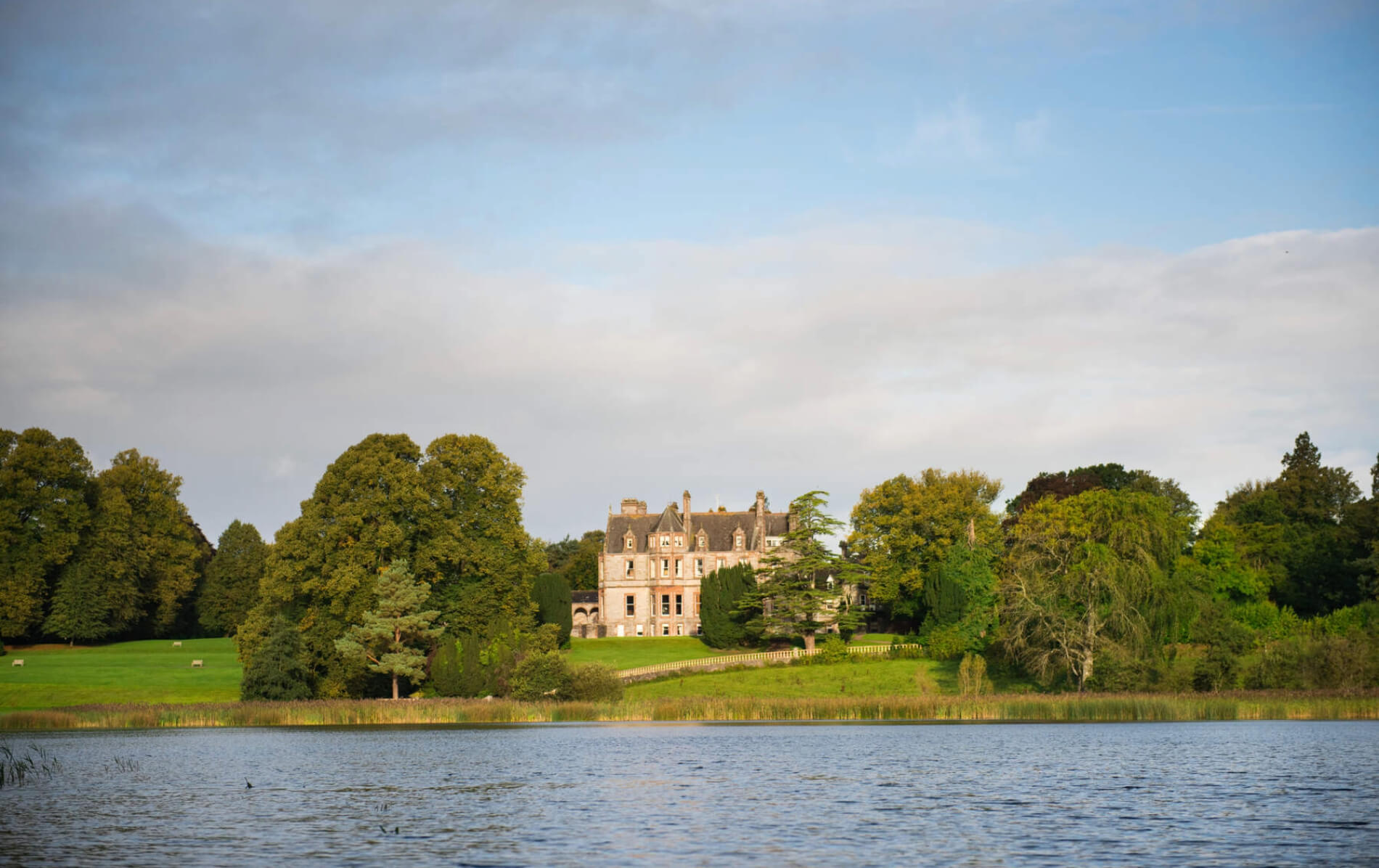
Day 3
Explore Monaghan where ancestral dynasties take centre stage before stepping into Ireland's Hidden Heartlands to discover ancient landscapes.
Explore Day 3A fascinating lineage
Castle Leslie Estate, County Monaghan

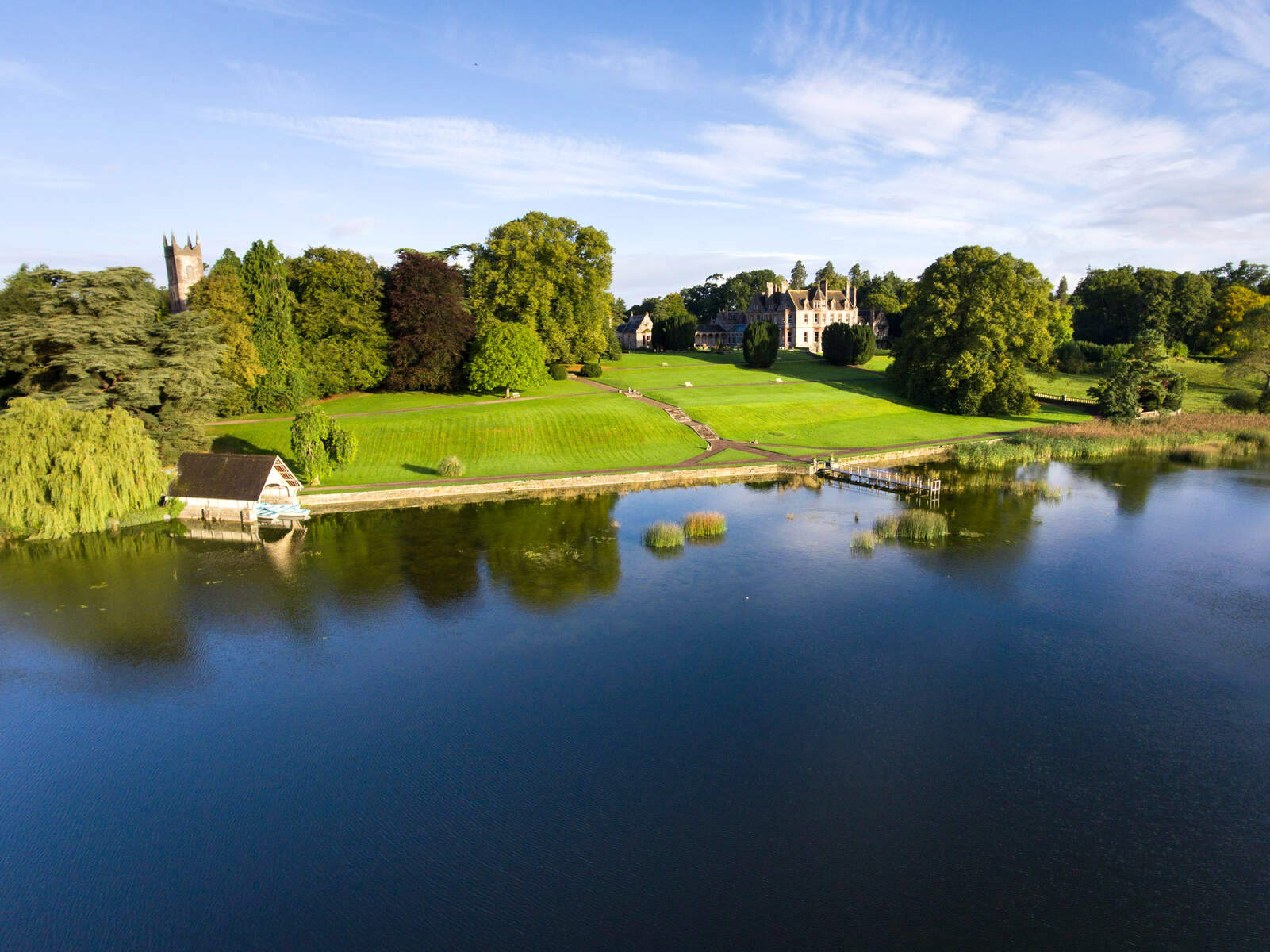
The owners of Castle Leslie Estate have quite the family tree. Traceable all the way back to Atilla the Hun, it’s also full of poets, painters and war heroes. Drop in for afternoon tea, explore the grounds on horseback or simply absorb the 1,000 acres of rolling parklands and lakes. Find your way to the Famine Wall, built in the 1840s to thank Christina Leslie, who helped locals in times of hardship. Or delve further into the area’s history on the Glaslough Heritage Trail.
If you have more time, visit Snaffles Restaurant in Castle Leslie and indulge in Silverhill Duck Breast or Wild Mushroom Risotto. Delicious!
87 km
A tale of two giants
Cavan Burren Park, County Cavan

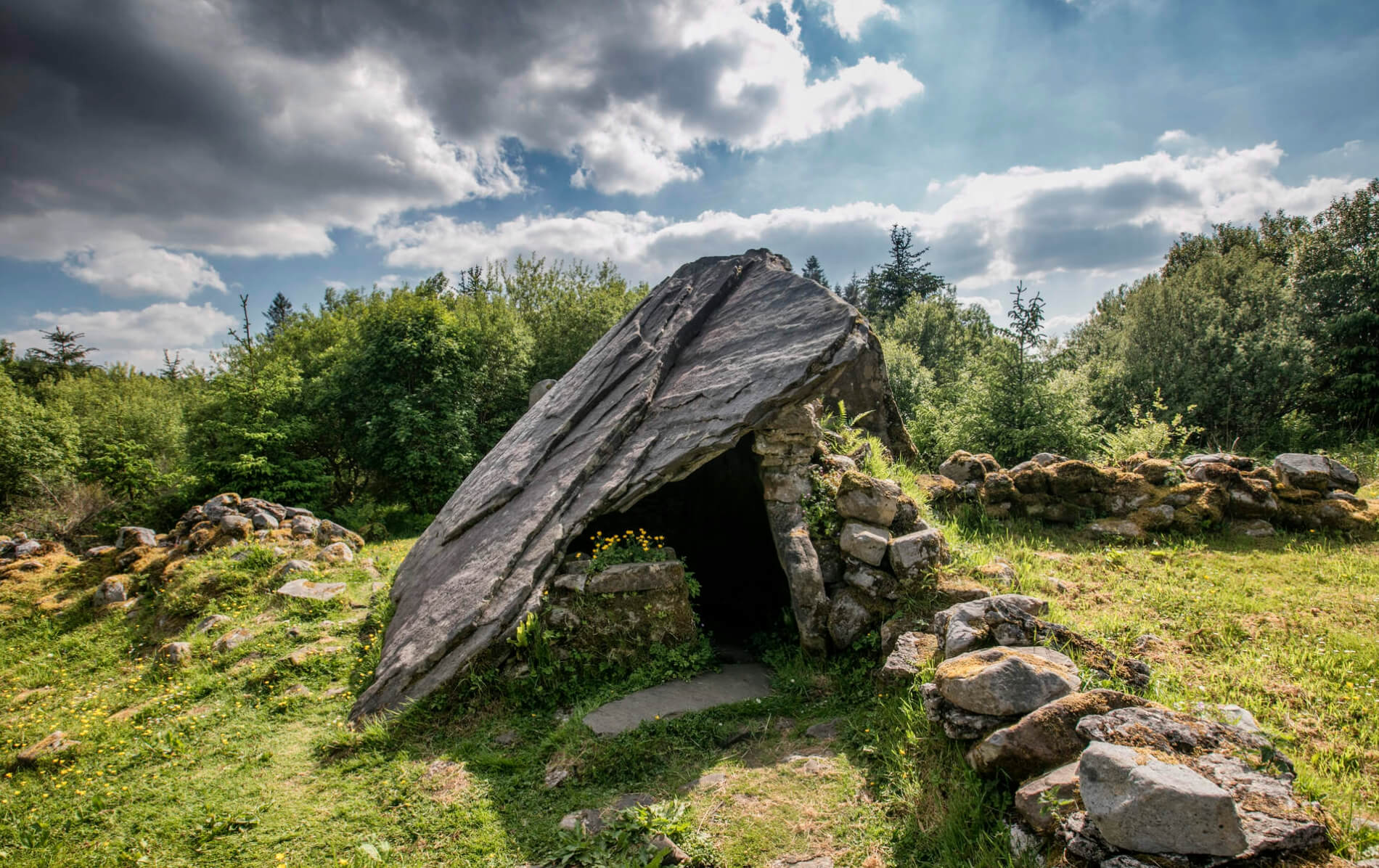
Romancing giants once roamed the lands at the Cavan Burren Park. If legends are to be believed, two young giants Lugh and Lag challenged each other to jump a gorge to strut their stuff in front of a female giant. Lag sadly fell to his death and that’s how the Giant’s Leap chasm was formed. The geology, though, is equally as fascinating. Millions of years ago this area was bathed in tropical seas before being carved out during the Ice Age. As part of the UNESCO Marble Arch Caves Global Geopark, you’ll find Neolithic tombs, a promontory fort and ancient rock art to examine as you stroll this vast landscape.
Treat yourself to dinner at one of the island’s most famous restaurants, MacNean House run by chef Neven Maguire.
104 km

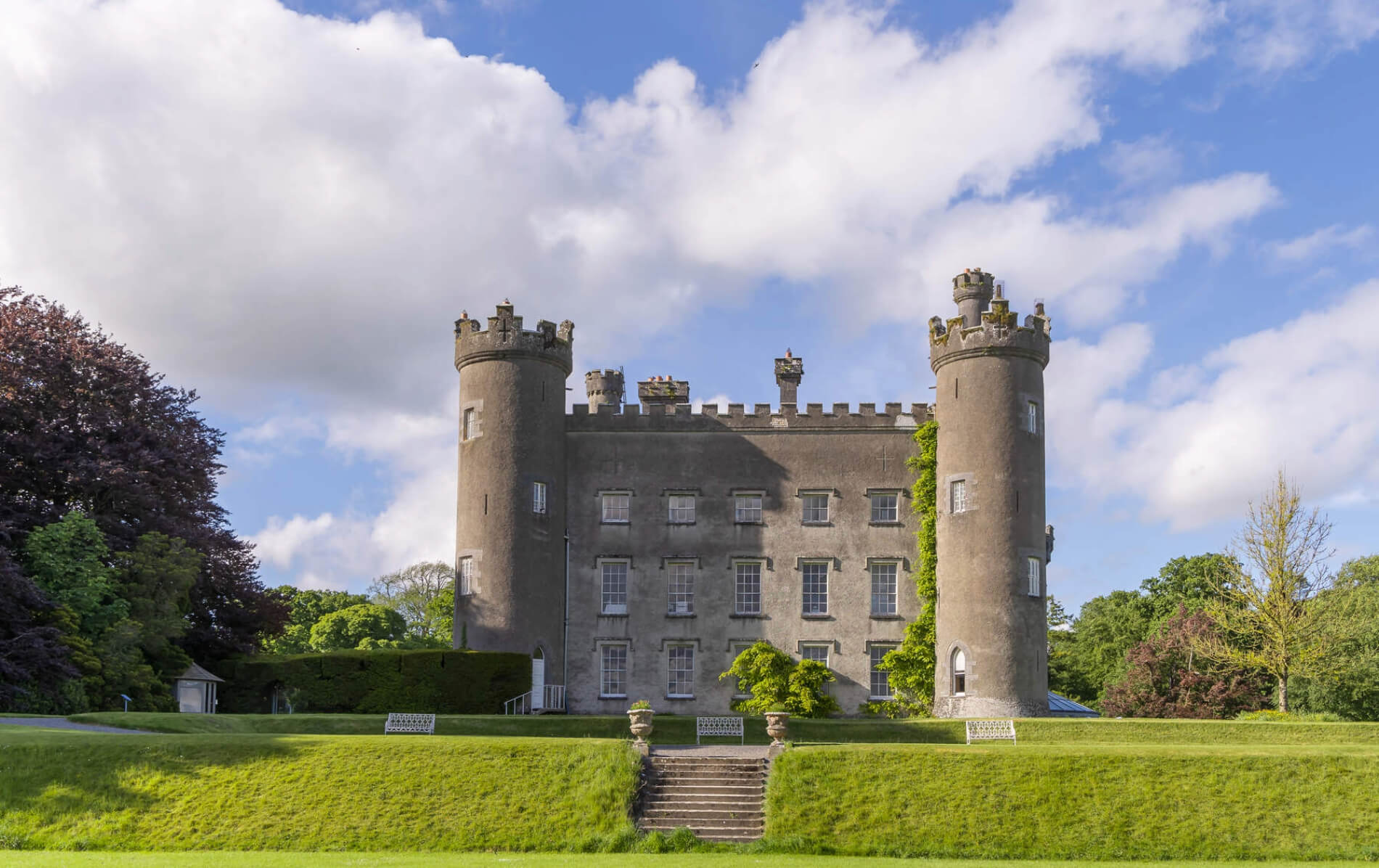
Day 4
Ancient mysteries and lush pastures, this part of our trip skips between elegant gardens in Ireland's Hidden Heartlands and the relics of our ancestors in County Meath.
Explore Day 4Glorious gardens
Tullynally gardens, County Westmeath

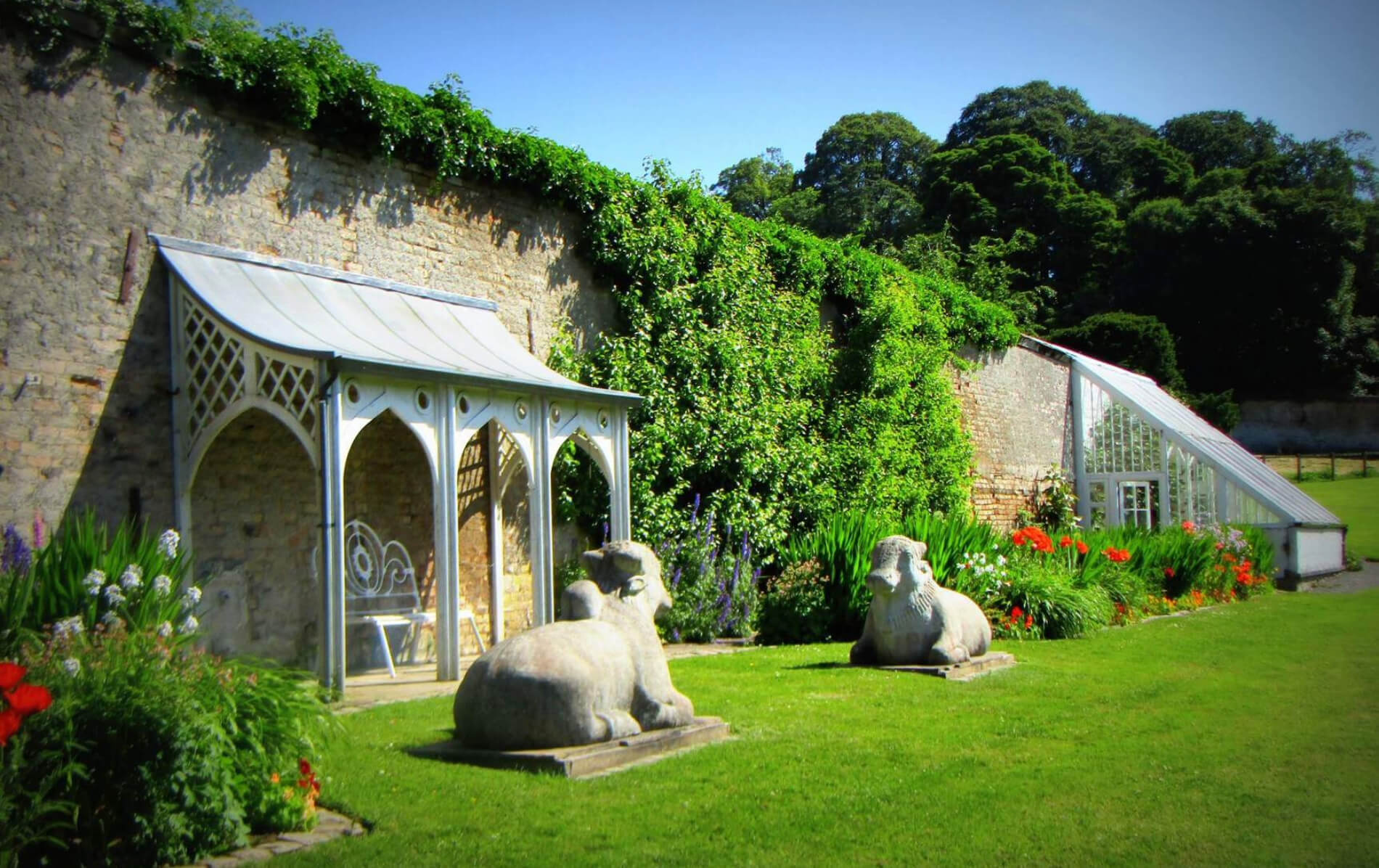
Occupied by the Pakenham family (Earls of Longford) since the 17th century, Tullynally Castle is one of the largest houses in private hands on the island of Ireland. It’s best known for its 12 acres of stunning gardens which include everything from a walled flower garden and a grand avenue of yew trees to a llama paddock and a Tibetan garden. After you’ve discovered the secrets of these impressive grounds, take a tour of the castle itself – the Great Hall is particularly magnificent.
21 km
The hill of the witch
Loughcrew cairns, County Meath

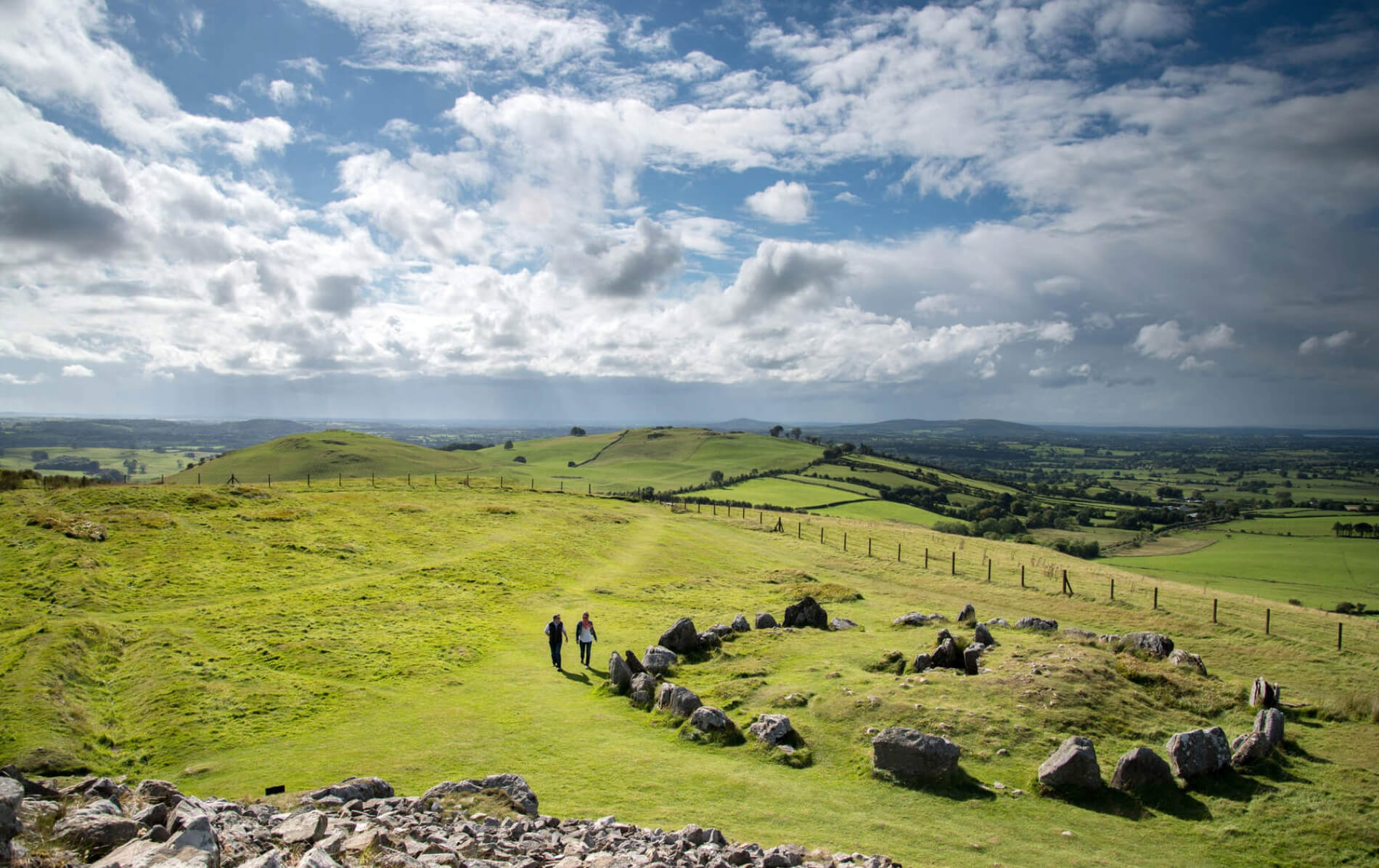
At Loughcrew in County Meath, local folklore tells the story of a magical woman, Garavogue – some say a witch, others say a goddess. She would pass over the land shaping the rocks and the soil. But as she flew over Loughcrew, casting stones down, she fell from the sky and the rocks she dropped became what is known as the Goddess’ Throne. This area is filled with tales like this. Discover them on a nature walk or time your visit for the spring or autumn equinox to catch the sunlight illuminating the passageway at the Carnbane East megalithic tomb – an ancient feat of engineering that must be seen to be believed!
Although this would be a lovely way to finish your journey, there’s still plenty more of Ireland’s Ancient East to explore. So let’s keep going!





